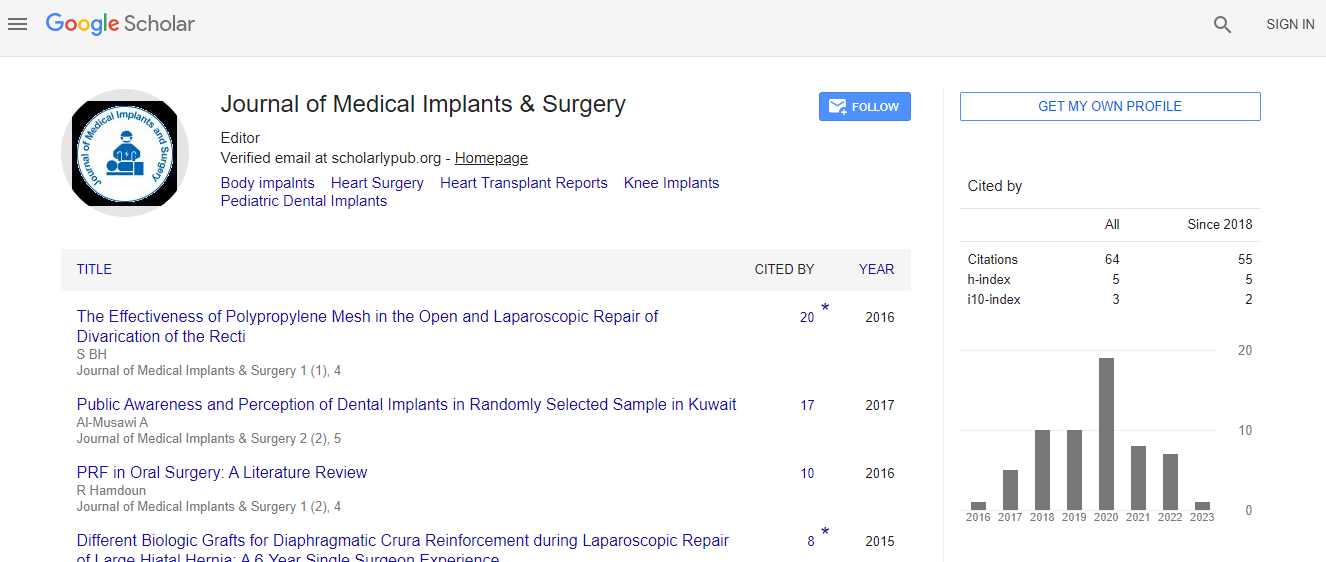The Effectiveness of Polypropylene Mesh in the Open and Laparoscopic Repair of Divarication of the Recti
*Corresponding Author:
Copyright: © 2021 . This is an open-access article distributed under the terms of the Creative Commons Attribution License, which permits unrestricted use, distribution, and reproduction in any medium, provided the original author and source are credited.
Abstract
Background and objectives: There are no current guidelines for the optimal treatmentof divarication of the recti.
Few papers addressed the clinical utilization of polypropylene mesh in the management of divarication of the recti, but
none investigated the effectiveness regarding the functional and cosmetic outcome. Therefore, in this article, we aim
to evaluate the effectiveness of polypropylene mesh implant in the surgical management of divarication of the recti.
Materials and methods: A retrospective cohort database analysis of the treatment outcome of 216 patients who
were treated surgically, open and laparoscopic, for divarication of the recti between January 2004 and December
2013 was done.
Results: 31 (14.4%) patients were males and 185 (85.6%) were females. The mean age was 40.9 ± 2.7 years. The
mean body mass index was 26.39 ± 2.8 kg/m2. The mean preoperative inter-recti distance was 10 cm. Polypropylene
mesh reinforcement repair was done through open method to 179 (82.9%) and laparoscopic to 37 (17.1%). The mean
decrease in abdominal girth for the laparoscopic method patients was 11 ± 1.27 cm, and for the open method patients
was 12.5 ± 1.53 cm. In both groups, 197 (91.2%) reported a good abdominal muscle tone. The recurrence rate was
0% in both groups after 24 months follow-up.
Conclusion: Polypropylene prosthetic mesh repair for divarication of the recti, open or laparoscopic, is an
effective, safe and durable modality. It is associated with a favourable outcome and minor complications, although it
requires a meticulous dissection and skillful, well-conducted implantation of the mesh.

